
Antietam National Battlefield
The battle of Antietam was the bloodiest day in the history of the United States. On September 17, 1862, 23,000 soldiers were killed, wounded, or missing after twelve hours of combat between the Armies of the Potomac and Virginia.

I booked a tour through the NPS website with Antietam Guides, offered through the park’s cooperative. I read up on the battle prior to meeting my guide Sharon at 0900 at the visitor center.
Scheduled for four hours, we were about four and a half before getting back to the visitor center. I heard why Lee brought his army north, into Maryland, hoping to achieve recognition by Europe and influence the 1862 elections.
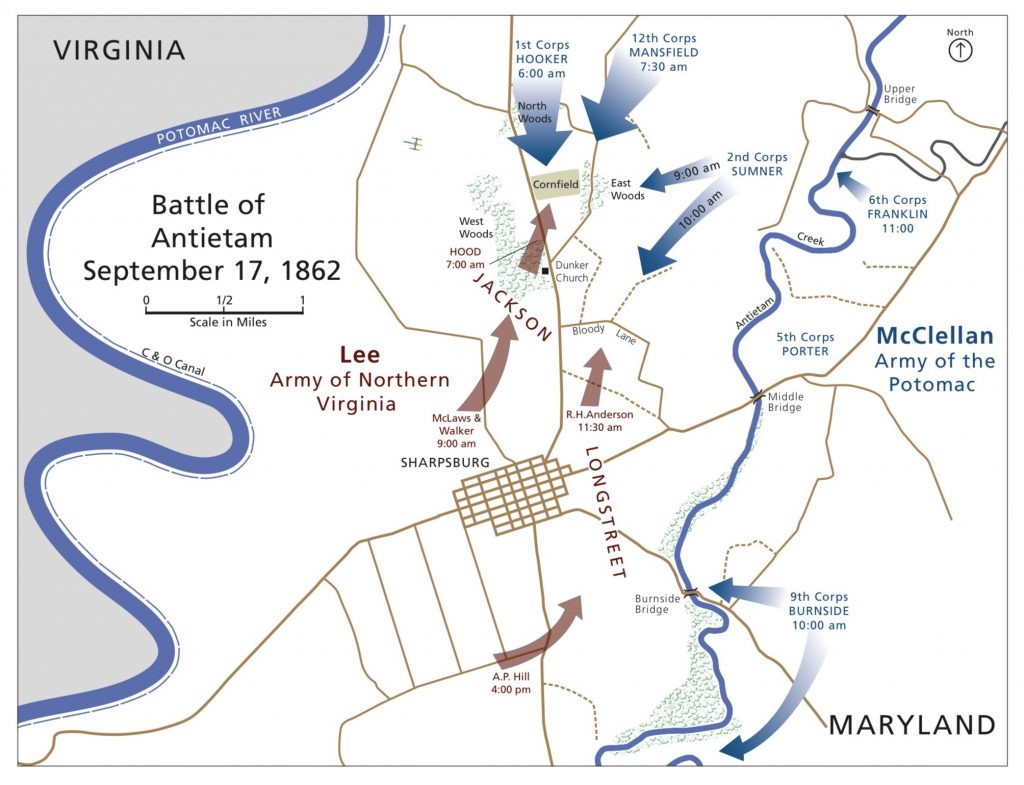 We discussed the overall Maryland Campaign, which started when Lee moved 40,000 troops north on September 4th planning to go into Pennsylvania.
We discussed the overall Maryland Campaign, which started when Lee moved 40,000 troops north on September 4th planning to go into Pennsylvania.
- September 12: McClellan leads the Army of the Potomac into Frederick just as the Confederate troops were moving out of the city.
- September 13: a Union soldier found Special Order 191, Lee’s plan of operation for the campaign. The “lost order” was taken to McClellan and he decided to attack since Lee’s forces were divided. Jackson had been sent to Harpers Ferry, DH Hill to guard the South Mountain passes near Boonsboro.
- September 14: Union soldiers forced Confederate troops from the passes on South Mountain.
- September 15: Lee considered returning to Virginia, but he heard Harpers Ferry had surrendered.
- September 16: Union troops crossed the Antietam and there are skirmishes before both Armies retire for the night.
- September 17: Battle of Antietam.
- September 18: Lee withdraws across the Potomac.
- September 19-20: Battle of Shepherdstown.
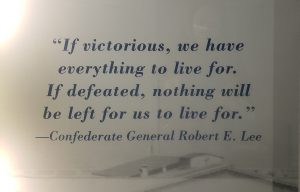 I heard many more details of the movement of both armies, regiments, movement across the Antietam creek, hour by hour as we moved across the battlefield from the visitor center to the North Woods, East Woods. We spent a great deal of time at the Cornfield, where, for 3 hours, Hooker and Mansfield’s Union forces battled Jackson’s troops. One brigade from Louisiana suffered a 60% casualty rate in 30 minutes.
I heard many more details of the movement of both armies, regiments, movement across the Antietam creek, hour by hour as we moved across the battlefield from the visitor center to the North Woods, East Woods. We spent a great deal of time at the Cornfield, where, for 3 hours, Hooker and Mansfield’s Union forces battled Jackson’s troops. One brigade from Louisiana suffered a 60% casualty rate in 30 minutes.
We went on to the Sunken Road, or “Bloody Lane”, where 2000 Confederate troops held off 10000 Union troops. It was a horrible set up for the Union Army, they had to come up over a berm and the Confederate forces could just pick them off the hill. The CSA was positioned on the sunken road with the existing farm fences as breastwork, keeping the Union troops from easy movement across the field.
“They were lying in rows like the ties of a railroad, in heaps like cordwood mingled with the splintered and shattered fence rails. Words are inadequate to portray the scene,” an observer said after the battle.
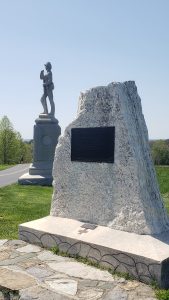
We visited the lower bridge or Burnside Bridge (featured image). Union forces captured the bridge after 3 hours and forced the Confederates back to Sharpsburg. We stopped along Branch Road to see some of the brigade, state or individual monuments; there are only 96 monuments here unlike the 1300 at Gettysburg. There are 6 monuments for the 3 Union and 3 Confederate Generals who were killed or mortally wounded during the battle. There were also twelve other generals, 6 Union and 6 Confederate, wounded during the battle.
There is also a monument to Clara Barton. Barton and 21 volunteers brought bandages, lanterns and food to the field hospitals. She was christened “The Angel of the Battlefield” by surgeon Charles Dunn. After the tour I returned to the visitor center to watch the video and visited the Dunker Church, before returning to Frederick.
“Heaps Upon Heaps Were There in Death’s Embrace”, Confederate Soldier in the 3rd Alabama Infantry
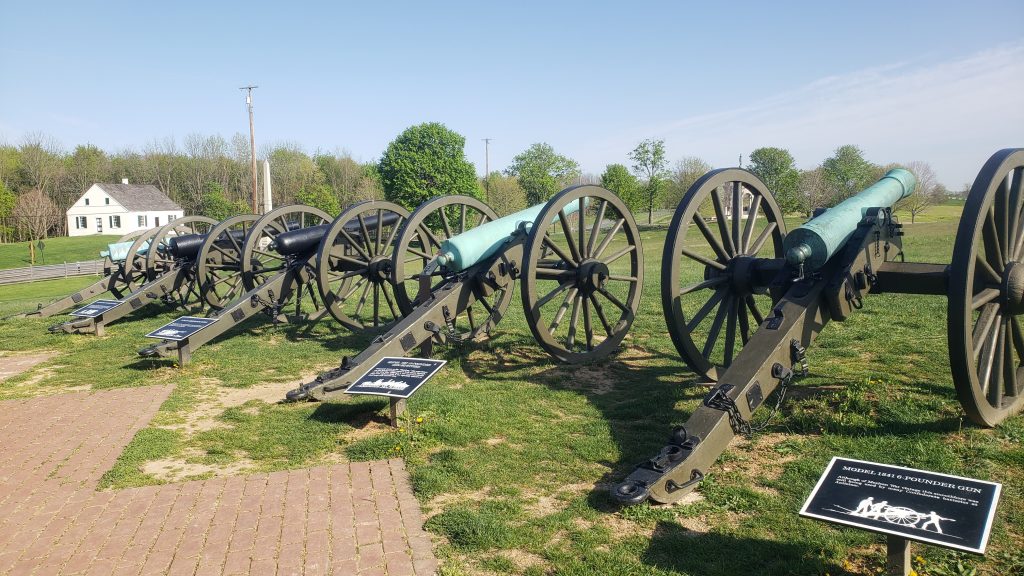
Frederick
I visited the Monocacy National Battlefield, the “Battle that saved Washington”. During Lee’s third and final invasion of the north, Lee sent 15,000 troops under General Jubal Early to secure the Shenandoah Valley and invade Maryland, with the goal to capture Washington DC and convince the North to support a negotiated peace.

There is a great visitor center here, and I learned a lot about General Wallace. On July 9, 1864, he delayed Early from marching into Washington, allowing Grant time to move troops to protect the city. It was a crucial battle, despite being little known. I know I’ve never heard of this until finding it on the NPS website.
Wallace succeeded in delaying Early for over a day, before retreating; “his troops had lost the battle, but they saved Washington”. I drove most of the battlefield here, too, seeing the Best House, Gambrill House, Thomas Farm.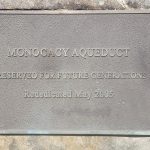
I found a brochure for a self-guided walking tour of Frederick at the visitor center. It took us through several miles of downtown seeing Carroll Creek, parks, art and lovely homes. I also drove out to see the Monocacy Aqueduct, part of the C&O Canal system. The Confederates wanted to blow it up, but were “stymied” by its “extraordinary solidity and massiveness”.
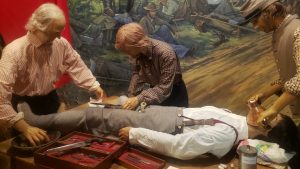
I visited the National Museum of Civil War Medicine while in town. They had a special walking tour, “One Vast Hospital” on the weekend. It was about the town of Frederick serving as a makeshift hospital during the final months of 1862; 8000 wounded soldiers, both Union and Confederate, were brought to Frederick. Tickets were $15 and included entry to the museum. We walked about a mile seeing many of the buildings, the churches, schools, hotels, even private homes, that served as hospitals. We heard about Doctor Letterman, known as the “Father of Modern Battlefield Medicine”. His work is influential even today.
Restaurants
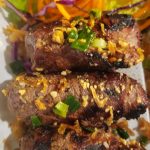 My first night in town, I saw “Vietnamese restaurant” on maps so went over to Lucky Corner. I had Singapore Noodles and some beef rolls with lemongrass. Very good! I split them both and it was more then enough for two full meals.
My first night in town, I saw “Vietnamese restaurant” on maps so went over to Lucky Corner. I had Singapore Noodles and some beef rolls with lemongrass. Very good! I split them both and it was more then enough for two full meals.
I stopped in Idiom Brewing at the end of the day, after enjoying the downtown walking tour. They had special $3 pours on 4 beers, “emptying kegs”. I tried 2 of their sours, delicious. Boo was welcome in the tap room. They had a food truck out front.
Another night, I stopped for a beer at Monocacy Brewing; they had some good styles and flavors. And a very nice tap room, dog friendly, as well as lots of outside seating. It was Friday and they were also setting up for some live music later.
They had a food truck, Rollin’ Smoke Meat’s. I ordered the loaded fries with the brisket and instead of shredded meat like I would expect on fries it was just a couple slices of brisket, making it difficult to eat, covered with some BBQ sauce and sour cream. I’ve had much better loaded fries or southern nachos.
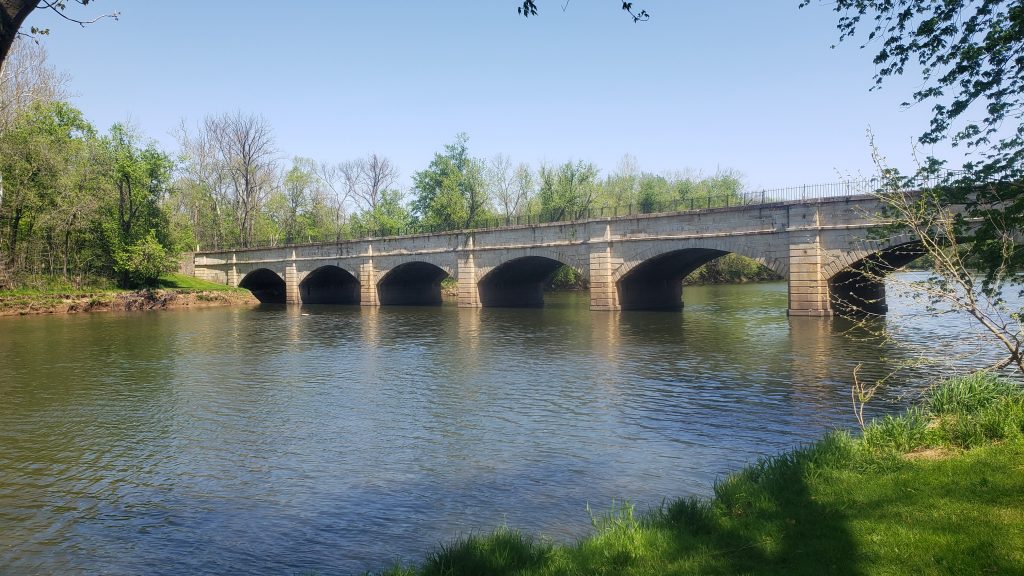
** All photos property of Lisa, not to be copied or reproduced **
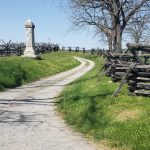
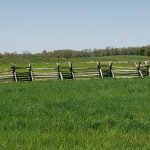
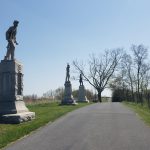
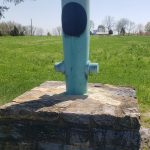

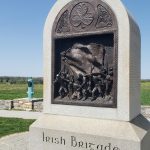

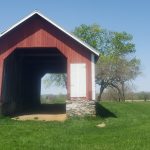
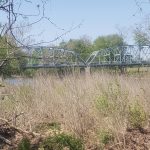


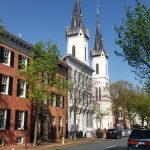
2 thoughts on “Antietam National Battlefield”
I seriously love your website.. Pleasant colors & theme. Did you create this web site yourself? Please reply back as I’m looking to create my own blog and would like to learn where you got this from or what the theme is named. Cheers!
Thanks, it’s word press and I just went through about 5-6 of their styles before I found one I liked. I found many were too “messy” even though I selected travel theme. This is nisarg. I didn’t make many changes to it but you can customize.